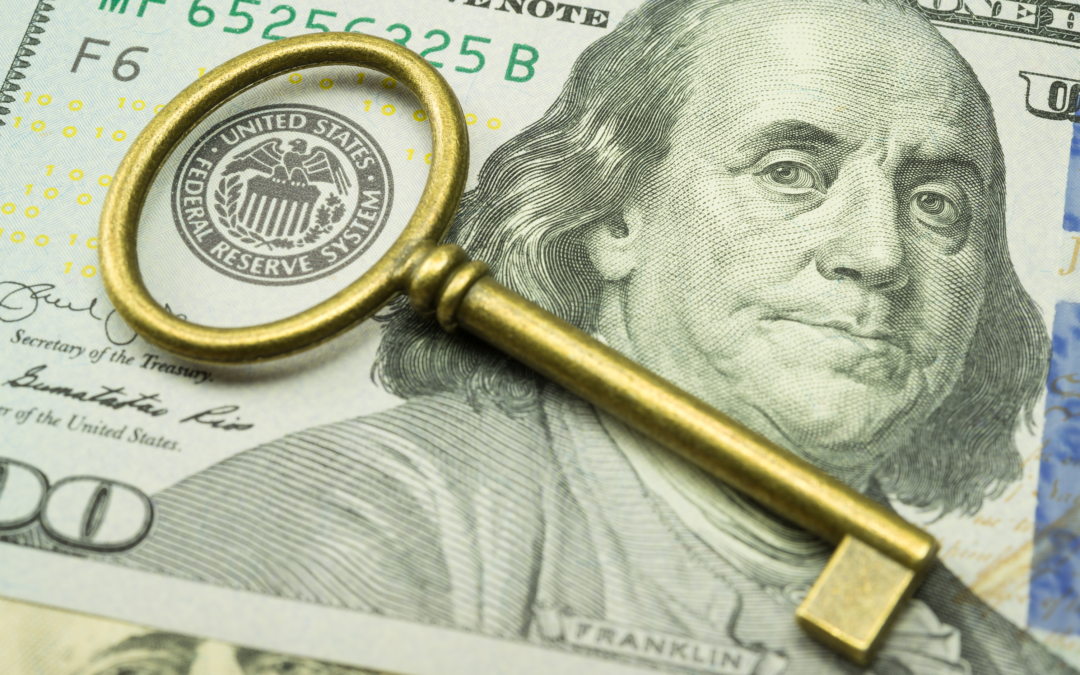Vladimir Putin may be a bad guy, but the truth is that he’s not responsible for our overall level of inflation. That dead mouse can be laid at the feet of the Federal Reserve Board. I wrote an article in this space several months ago echoing Milton Friedman’s statement that, “Inflation is always and everywhere a monetary phenomenon.” That’s still true.
There’s no question that Russia’s invasion of Ukraine has caused price disruptions around the world.
Energy prices have risen, as have some commodities, such as wheat and neon. However, these price
increases by themselves don’t create general inflation. They just create price increases in certain items. If the money supply were not expanding, the price increases in (say) wheat would have been accompanied by price decreases in other goods and services.
How does that work? Assume you represent every consumer in the world. Also assume that you have $200 a week to spend, and gas costs $50 per tank. You use one tank of gas per week. Accordingly, you have $150 to spend on other items, such as food, clothing, shelter, etc. If Russia invades Ukraine, gas goes to $80 per tank, and you still have $200 per week to spend, something has to give. That something is what you spend on non-gas items. Since you spend $30 per week less on those items, their price goes down, and you still spend $200 per week.
In this example, $200 per week is a proxy for the money supply. Thus, if the price of one item goes up, and the money supply stays the same, the price of something else has to go down. Overall prices stay the same, and the overall inflation rate is zero. The only way prices would go up generally would be if you magically had more than $200 per week, and the supply of goods and services remained constant. The only way that could happen would be for the money supply to increase, and the primary driver for the money supply to increase is Fed action.
Inflation began well before Russia’s invasion. Between February ‘21 and January ‘22, the M2 measure of the money supply grew by about 9.5%. Inflation over that same period was about 8.5%. That’s not a coincidence. Now the Fed is between a rock and a hard place. If it tightens money supply growth, interest rates will rise. If it does nothing, interest rates will rise. Expected inflation is included in interest rates, so if the market thinks inflation is long-term and not “transitory,” interest rates will go up. Conclusion: interest rates will rise, and the rise has already begun.
Putin’s unfortunate adventure into Ukraine may cause price disruptions in some items. But inflation only rears its ugly head if the money supply increases faster than the production of goods and services in the economy. Putin may be a villain, and he’s definitely creating pain and suffering in the world. However, he’s not creating inflation in the US. That cause is much closer to home.
Outside Voices – Published in the Jacksonville Business Journal by Don Wiggins | May 13, 2022
Click here for a PDF version.
